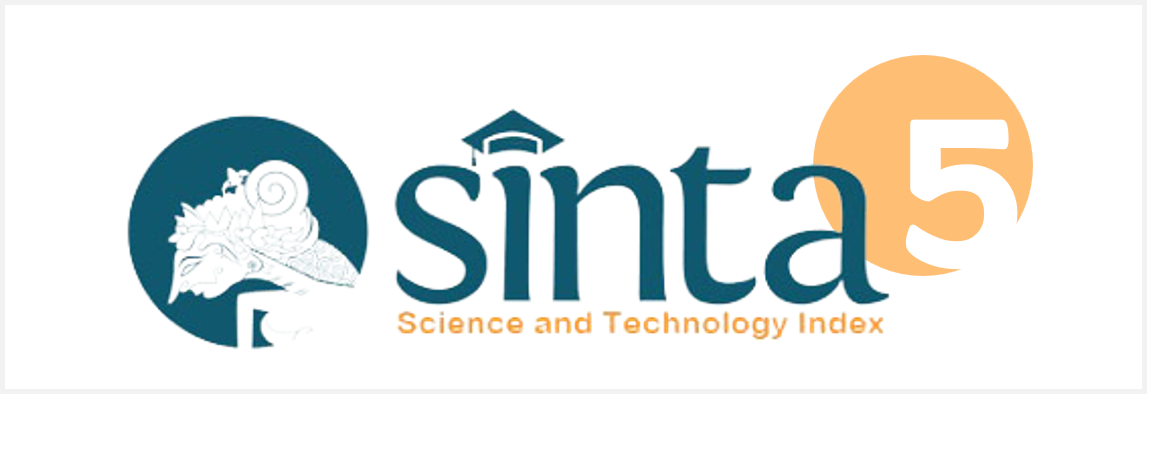Pengenalan Pemikiran Computational Thinking untuk Guru MI dan MTs Pesantren Nurul Islam Sekarbela
Abstract
Abstract: Computational thinking (CT) is the concept of thinking computationally in solving a problem. The learning method in CT includes 4 main pillars, namely: Decomposition, Abstraction, Algorithm and Pattern Recognition. CT trains students to think computationally when solving problems in all fields of science. Computational Thinking is a thought process involved in formulating a problem and expressing its solution as in a computer where a human or machine problem solving is carried out effectively. The CT learning method shapes students to be creative and innovative, and able to communicate and collaborate. Currently CT can not only be applied in the field of informatics engineering, but can be integrated with other fields of science such as Indonesian, English, Mathematics and Science. This community service activity program introduces the concept of CT for MI and MTs teachers at Nurul Islam Islamic Boarding School - Pagesangan, Mataram. With the hope that teachers can incorporate CT into the subjects being taught, so that students get used to solving problems through computational thinking, the survival of computational thinking, a problem can be resolved properly, effectively and optimally.
Keywords
Full Text:
PDF (Bahasa Indonesia)References
Bebras. 2017. “Apa Itu Bebras ?” Bebras.id: 2–4.
Ersandy, Mukhammad Ery Kurniawan Bayu. 2017. 0 STAIN Kediri “Efektivitas Metode Ceramah Dalam Kurikulum 2013 Mata Pelajaran Fikih (Studi Kasus Pada Siswa Kelas XI Ips Di MAN Prambon Tahun 2017).” STAIN Kediri.
Putra, Bramma Aji. 2020. “Radin MAN 4 Bantul: Waka Kesiswaan Ungkap Hasil Evaluasi Kegiatan.” https://diy.kemenag.go.id/9113-radin-man-4-bantul-waka-kesiswaan-ungkap-hasil-evaluasi-kegiatan-.html.
Rustanta, Agustinus. 2020. “Keterampilan Bertelepon Dalam Bahasa Inggris Sebagai Sarana Membangun Citra Perusahaan.” Jurnal Karya Untuk Masyarakat 1(1): 77–88.
Weintrop, David et al. 2016. “Defining Computational Thinking for Mathematics and Science Classrooms.” Journal of Science Education and Technology 25(1): 127–47.
DOI: https://doi.org/10.36914/jkum.v2i1.490
Refbacks
- There are currently no refbacks.
Copyright (c) 2021 Jurnal Karya untuk Masyarakat (JKuM)
Publisher: Sekolah Tinggi Ilmu Komunikasi dan Sekretari Tarakanita Copyright




